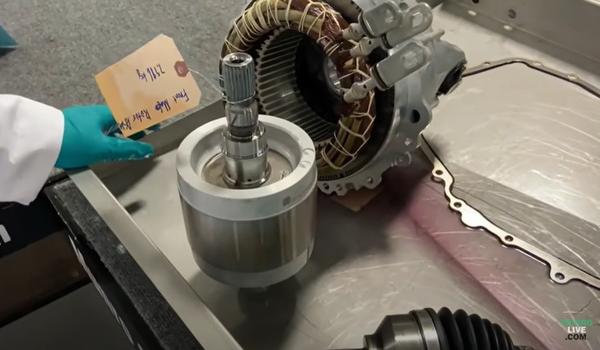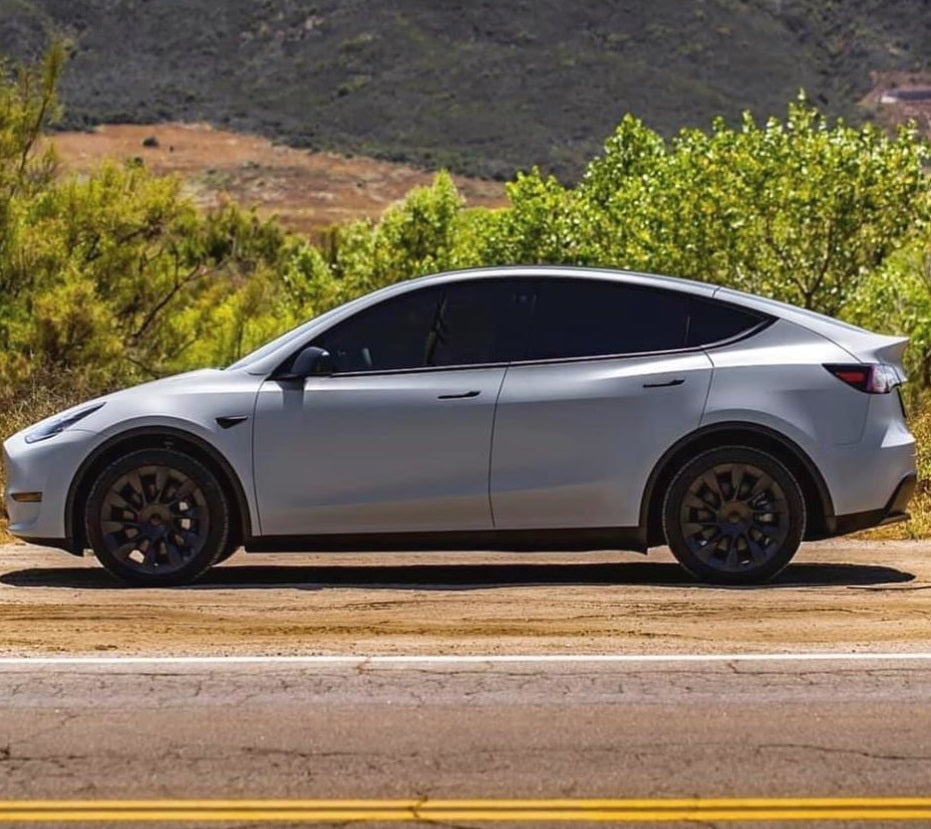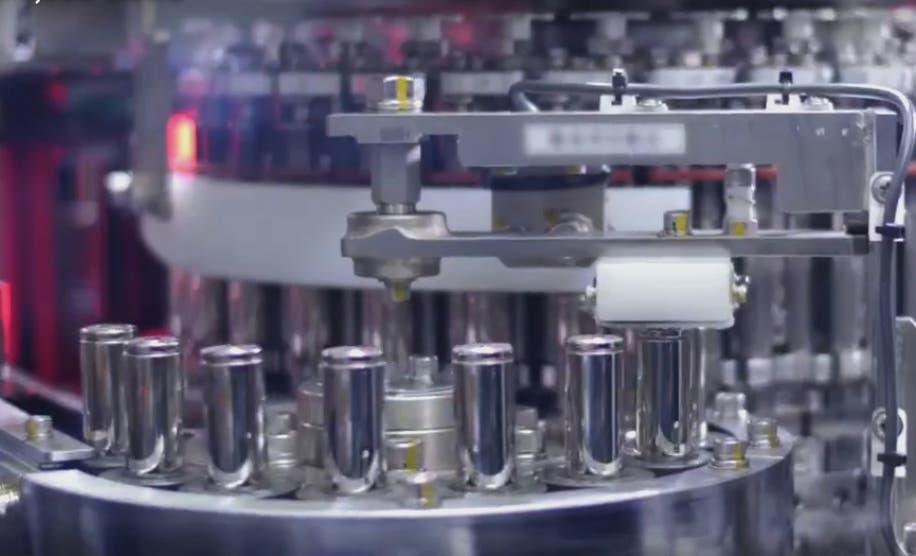In the electric vehicle arena, carmakers are always in pursuit of an electric motor that provides the magic of lowest cost, highest performance, best efficiency, and best utilization of the electric drive modules. The brilliance of Tesla’s electric motors could be seen a bit more when they are compared with the drive modules of their counterparts from veteran automakers.
In April, Sandy Munro conducted a comparative analysis of the engines of various electric vehicles. Tesla Model 3 and Model Y as well, the vehicles ’electric motors seem to feature a great blend of size, efficiency, and power. In the Model 3’s induction motor, for example, Tesla opted to use machined copper for its rotor, which is quite different from the poured aluminum used by Audi in the e-Tron. Tesla’s permanent magnet motors are equally cleverly-built. Overall, these allow Tesla to price the Model 3 and Model Y competitively, making the vehicles profitable.
Such a qualitative difference between Tesla's electric motors is possible due to the fact that, unlike other automakers, the California company is constantly trying to improve its products. The company has filed a patent: 'Stator for an electric motor'.
Patent Filing Date January 6, 2020
Patent Publication Date July 9, 2020
The stator is the stationary part of a rotary system, found in electric generators, electric motors, sirens, mud motors, or biological rotors. Energy flows through a stator to or from the rotating component of the system. In an electric motor, the stator provides a rotating magnetic field that drives the rotating armature.

Rotor (lower left) and stator (upper right) of Tesla Model Y electric motor | Munro Live
The patent relates to an electric motor. More particularly, the present disclosure relates to a stator for an electric motor.
Typical electric motors have stator cores that are formed from metal laminates stacked one above another. An inner periphery of these stator cores typically define slots (or teeth) on which multiple coils of wire are wound. Each coil of wire may be wound over all or a subset of the slots. As the slots are defined only along the inner periphery of the stator core, such winding of the coil of wires over the subset of slots in the stator core may be challenging, laborious and hence, time consuming. Moreover, such winding may incur additional expense in terms of tooling requirements that are required to perform the winding of coils in the slots of the stator core. The patent describes an electric motor stator that solves these problems.
An example stator includes a stator core having teeth that are radially arranged about a common central axis of the stator and located in a spaced apart manner from one another. Each tooth has an inward portion and an outward portion. The example stator further includes an electrically transmissive coil of wire that is wound contiguously upon the inward portions of at least a subset of teeth from the plurality of teeth. The stator also includes wedge members that are radially arranged about the common central axis and located intermittently with the plurality of teeth such that each wedge member abuts with the outward portions of adjacently located teeth.

FIG. 1 illustrates a stator that is used to form an electric motor, according to certain probable of the present disclosure | Tesla patent








